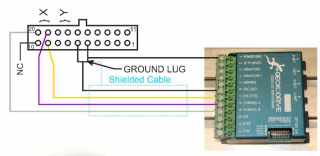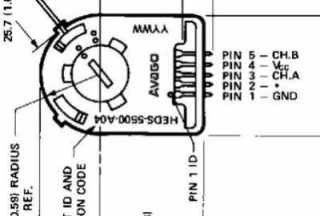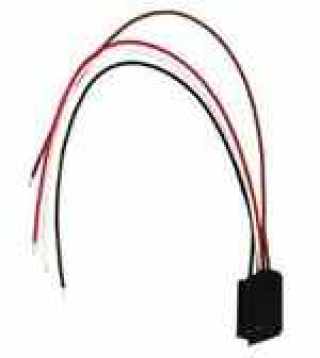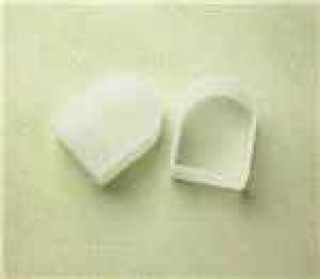SignTorch
Artist
Now we have to tap into the wire harness to route each encoder's wires to it's respective servo drive.
The harness has two sets of identical wires for the encoders so be sure to route the right encoder to the right drive.
I will show the X axis encoder and the Y axis is identical, except X goes to far left 4 pins and Y goes to the next 4 pins to the right of X in the wire harness connector.
The harness wire colors are the same on both encoders. White goes to Channel B, Grey is no connection, Purple goes to Channel A, Yellow goes to + 5 V.
A brown wire (and a shield drain wire) routes from each encoder to pins 5 and 6 in the connector. That is the ground lug. Several grounds and all cable shield drain wires in the harness route to that ground lug.
Our encoder wiring to the servo drive should be shielded cable with the shield grounded at that ground lug at the connector.
In a previous schematics we ran a ground from the BOB to the servo drive COM terminal, but that terminal is isolated from the other grounds such that it does not form a ground loop.
In a previous schematic we showed 5V and 60 V grounds joined together, those should actually be joined at the ground lug.
Do not connect any motor armature wires at this time.

The harness has two sets of identical wires for the encoders so be sure to route the right encoder to the right drive.
I will show the X axis encoder and the Y axis is identical, except X goes to far left 4 pins and Y goes to the next 4 pins to the right of X in the wire harness connector.
The harness wire colors are the same on both encoders. White goes to Channel B, Grey is no connection, Purple goes to Channel A, Yellow goes to + 5 V.
A brown wire (and a shield drain wire) routes from each encoder to pins 5 and 6 in the connector. That is the ground lug. Several grounds and all cable shield drain wires in the harness route to that ground lug.
Our encoder wiring to the servo drive should be shielded cable with the shield grounded at that ground lug at the connector.
In a previous schematics we ran a ground from the BOB to the servo drive COM terminal, but that terminal is isolated from the other grounds such that it does not form a ground loop.
In a previous schematic we showed 5V and 60 V grounds joined together, those should actually be joined at the ground lug.
Do not connect any motor armature wires at this time.




